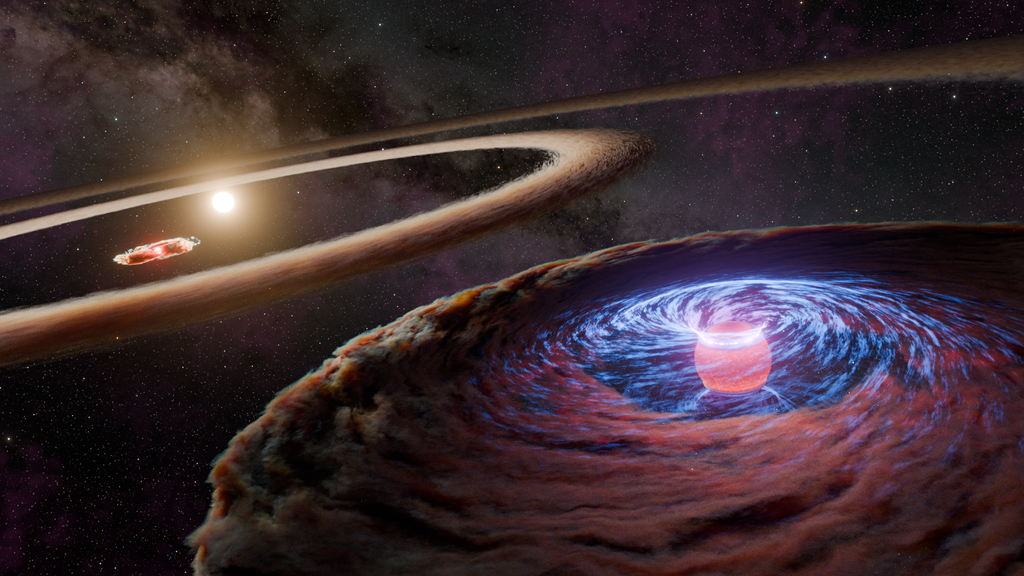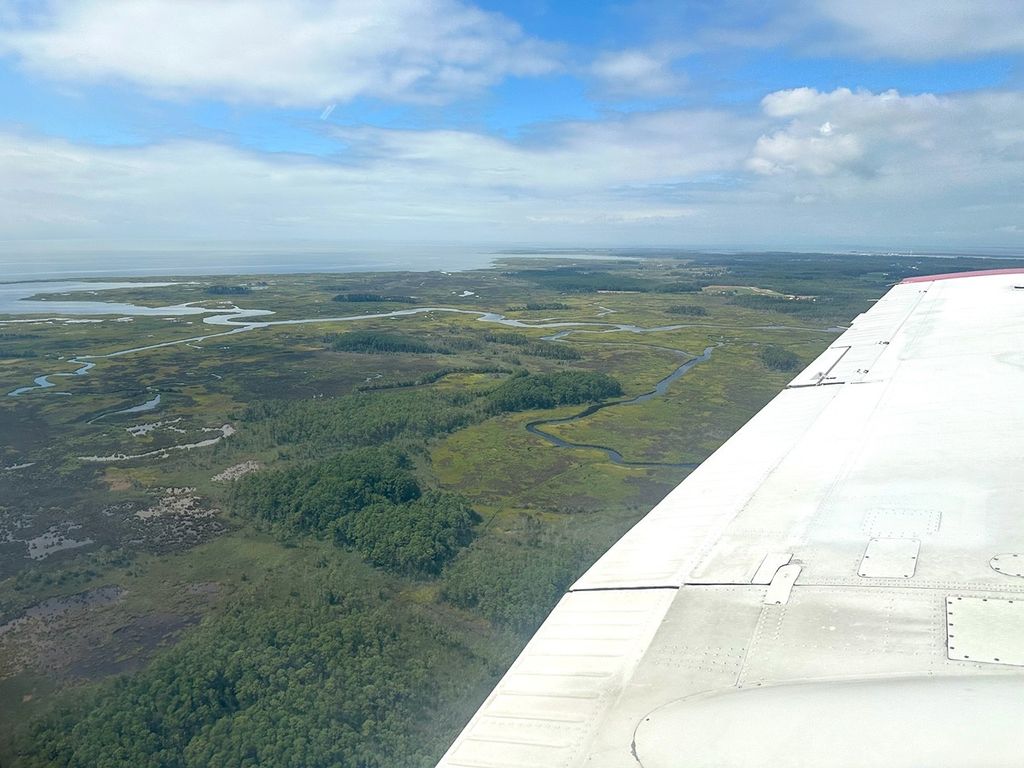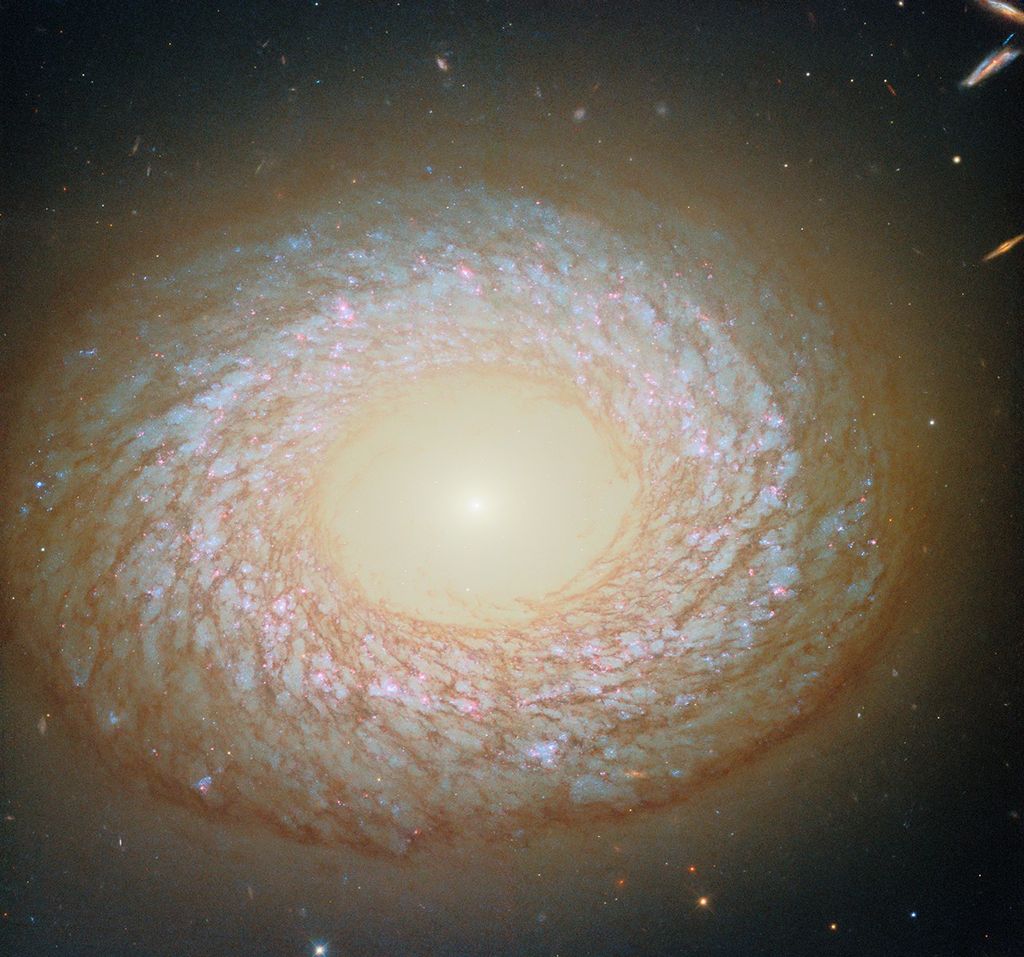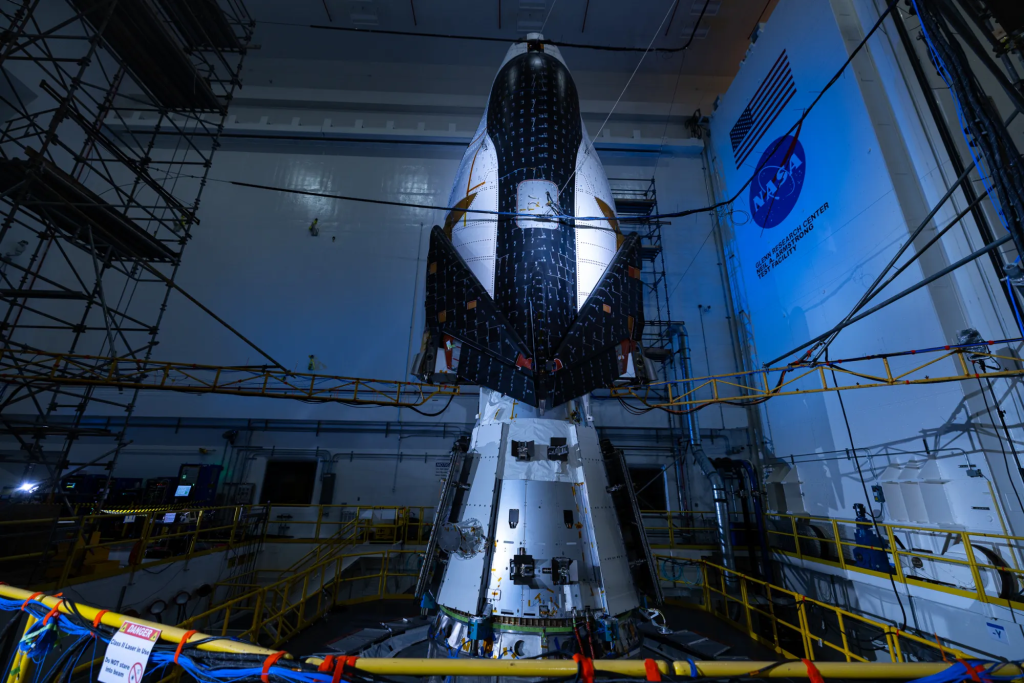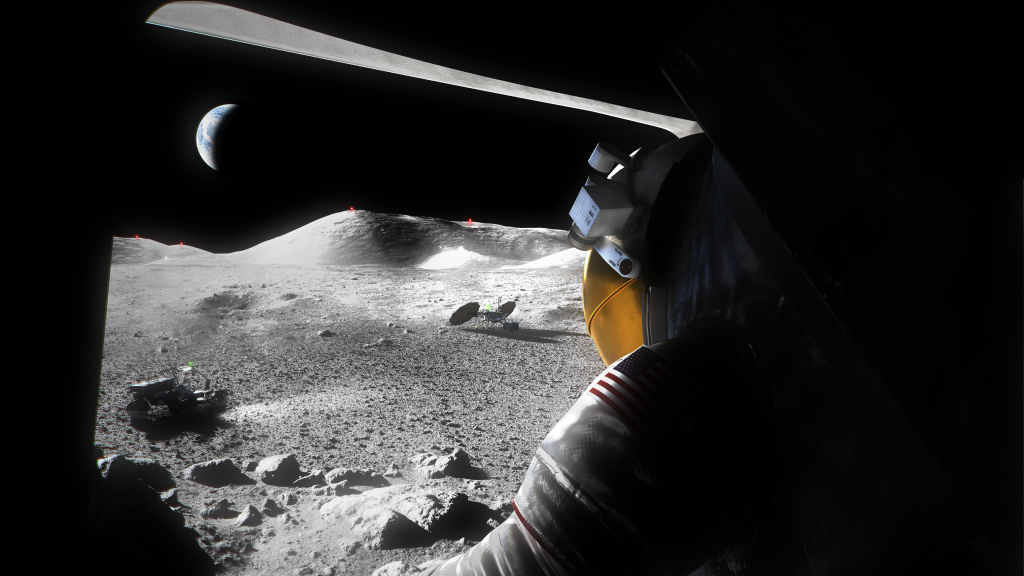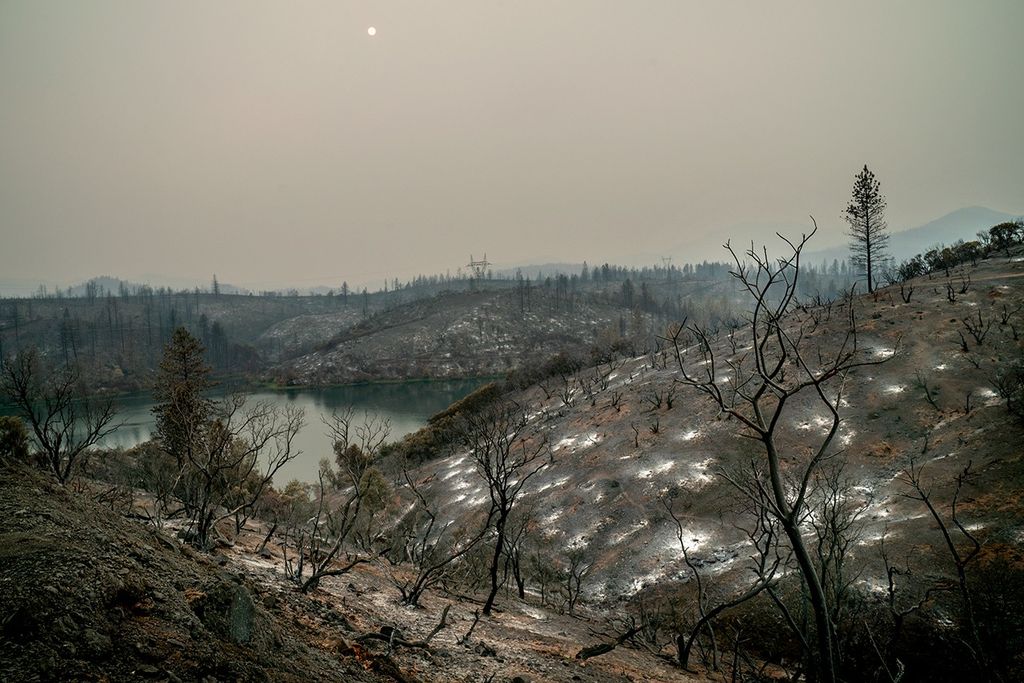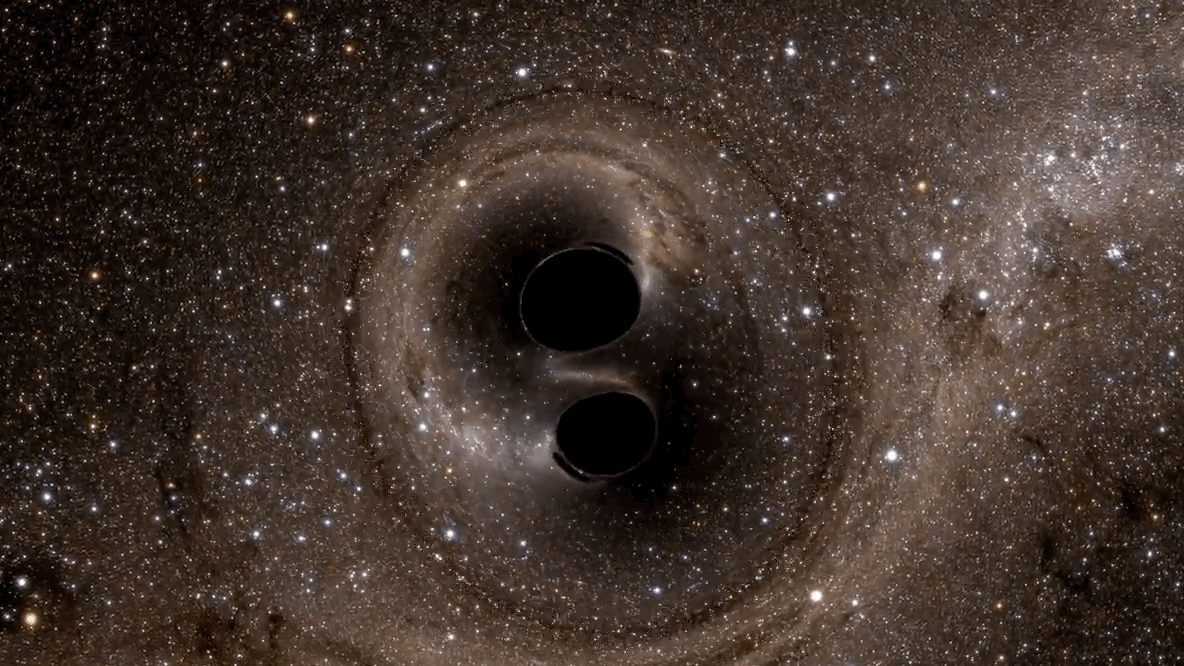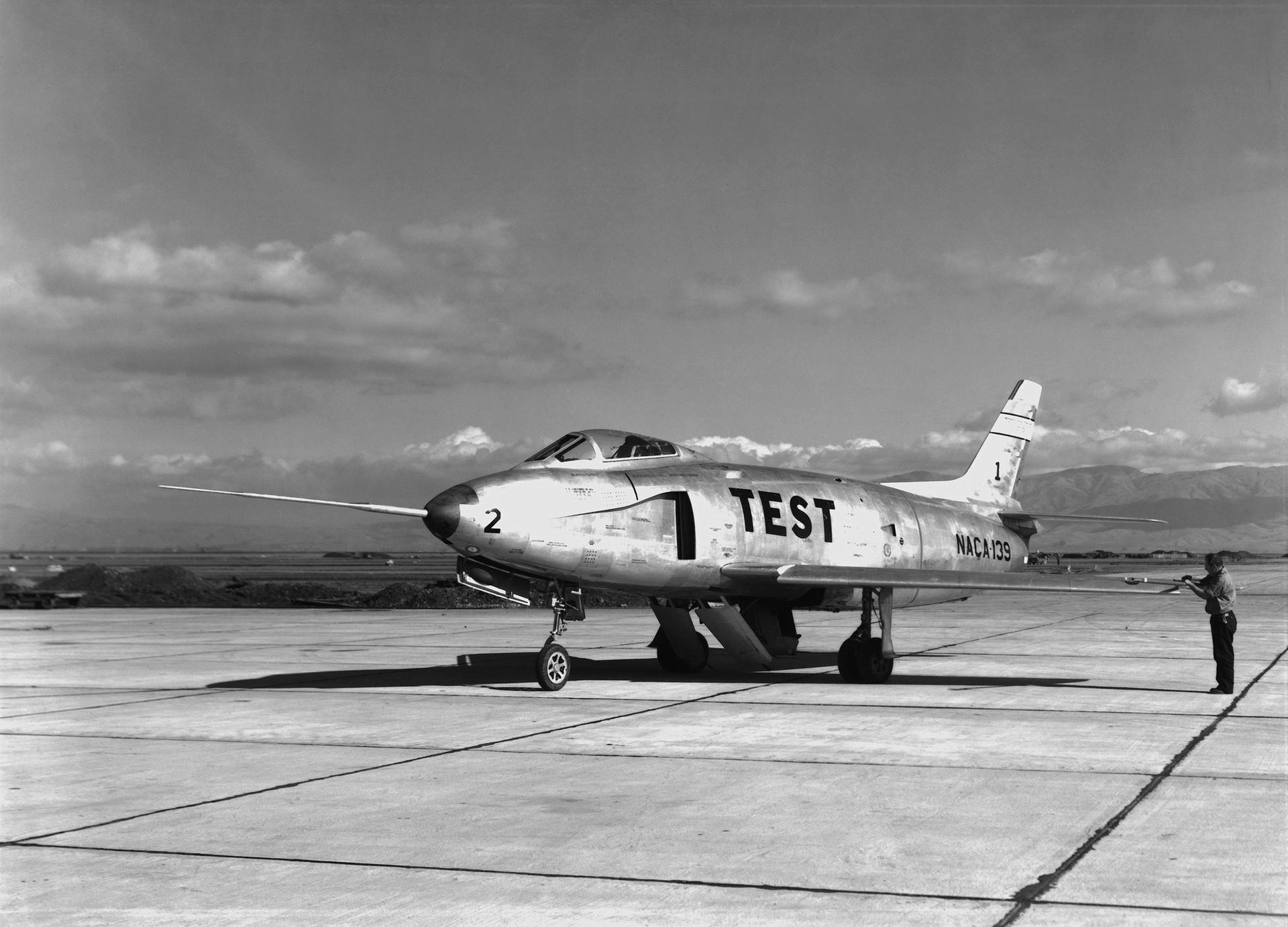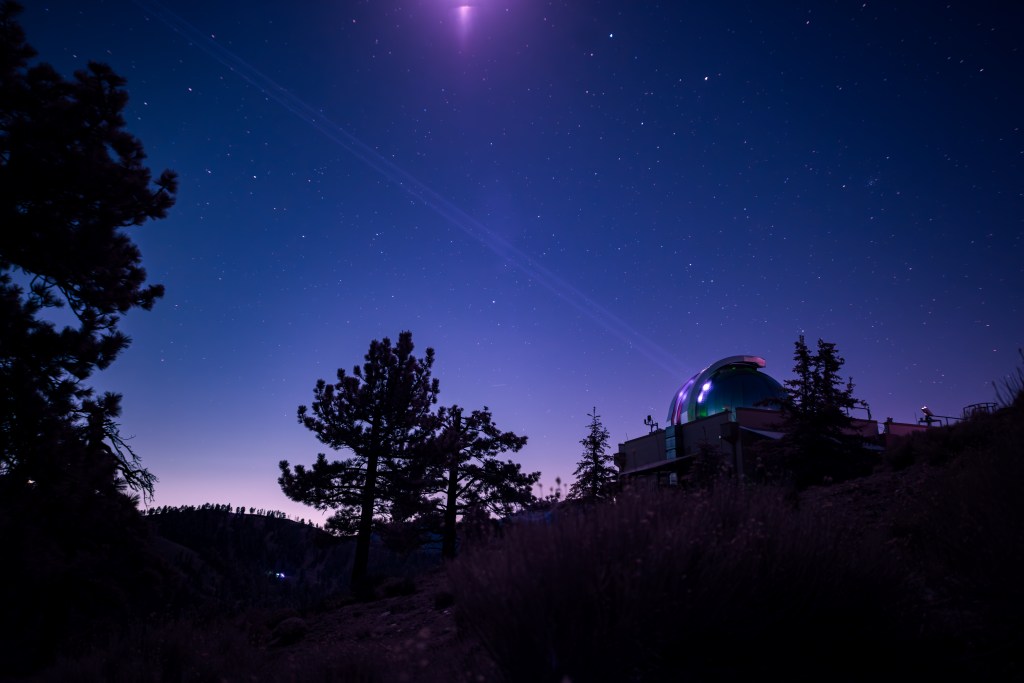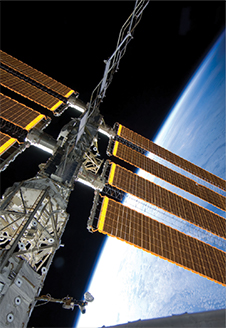In 2009, Mr. Michael Blythe joined the NESC Director’s Office as the Deputy Director for Safety (DDS). His role is an important one – maintaining a robust safety culture. It’s a job that calls on his decades-long career as a NASA engineer and his ability to communicate with people across all disciplines and NASA Centers.
We’ve made a lot of important contributions… The Agency recognizes the value of the NESC and I’m honored and blessed to be a small part of a well-managed, successful organization.”
Fostering a safety culture starts with communication, and he casts a wide net to ensure that culture stays entrenched within the NESC and across the Agency. As the NESC’s interface to the NASA safety community, job one is “involving the community in our NESC activities where it makes sense to do so.” That includes offering the NESC’s services to help solve technical issues and ensuring the safety community is well represented on assessment teams.
The job as DDS is meeting intensive, but his participation is crucial in order to stay in touch with the safety community at large. “I do attend a lot of meetings,” he said. “I’m that guy in the background helping people, making sure things don’t get overlooked.” He meets regularly with NASA’s Office of Safety and Mission Assurance (OSMA) and the NASA Safety Center. He also serves as the NESC representative for Safety and Mission Success Reviews (SMSR), the Safety Culture Working Group, Mishap Investigation Board Working Group, the System Safety Steering Group, and Standing Review Boards (SRB).
Mr. Blythe has chaired several SRBs, which provide independent reviews of projects or programs at specific life-cycle milestones. They are long term commitments, lasting for the duration of the project – from initial design to post launch. For NASA’s Stratospheric Aerosol and Gas Experiment (SAGE III) Project, he assembled the SRB team and organized each milestone review. “A few weeks before each review, we received the project’s updates and spent time going through their material to make sure we understood everything, noting areas where we might have concerns or need clarification. At the review we focused on areas where we could help the project and show them where they were on the mark and where there may be gaps they need to address.”
Offering an Independent Perspective
It’s the approach he takes with every SRB he chairs – to offer expertise and provide actions the project can take to help them be successful. “You can’t always see the forest for the trees when knee-deep in a project. That’s when it’s good to have an outside, independent team help you find things you may have overlooked. We point out issues that if not addressed early could become bigger problems.”
The SAGE III SRB reviews occurred periodically over about 4 years. The mission launched to its post on the International Space Station in early 2017 and is now producing science data. He is now chairing the SRB for NASA’s GEDI Project, Global Ecosystem Dynamics Investigation Lidar, which will provide high resolution laser ranging of the Earth’s forests and topography.
Providing Constructive Advice
While his focus is safety management, he still supports NESC assessments. “I still wear an engineering hat and participate in assessments where I think I can have an impact.” He recently served as the deputy lead for an assessment to determine the risks associated with loading cryogenic propellants after a crew is onboard a flight vehicle, a departure from the normal approach of loading propellants prior to crew ingress. “I served as the backup to the assessment lead, and used my engineering background to serve as the avionics lead.”
NESC assessments offer him the opportunity to share what he’s learned. “I always try to provide constructive advice, advice that people can do something with. I feel that if you can’t offer constructive options, then you haven’t really helped anybody. Recently, we reviewed the Exploration Systems Development integrated hazard development process. It was a tough assessment, but we provided them constructive feedback on their integrated hazards process for the Orion Multi-Purpose Crew Vehicle, Space Launch System, and Ground Systems Development and Operations Programs. I’ve always gone in with a ‘how can I help you’ approach and that has worked. We’ve received positive feedback in helping projects or programs find holes they didn’t know they had.”
After many years at NASA, Mr. Blythe has watched the safety culture at the Agency evolve over the years, witnessing this first hand at the SMSRs, which are held before every NASA launch in preparation for flight readiness reviews.
“I attend every SMSR for every Agency mission. At each SMSR, the NASA Chief Engineer and the OSMA Chief ask if anyone has any concerns or any dissenting opinions. They offer everyone a chance to speak up. They listen because they want all the information they can get to make informed decisions. I’ve seen those dissenting opinions go up the line from the engineer to senior management and all the way to NASA Headquarters. The process worked. The dissents were heard. That’s a change that’s made an impact.”
Working on NESC assessments lets him contribute to the Agency’s success in many ways and that’s an aspect of the job he really enjoys. “It’s the best place in the Agency to work. There are a lot of sharp people here and it’s a joy to work with them. We’ve made a lot of important contributions to the Agency. The NESC, I think, is more respected now than it was even 5 years ago. People finally know who we are. The Agency recognizes the value of the NESC and I’m honored and blessed to be a small part of a well-managed, successful organization.”

